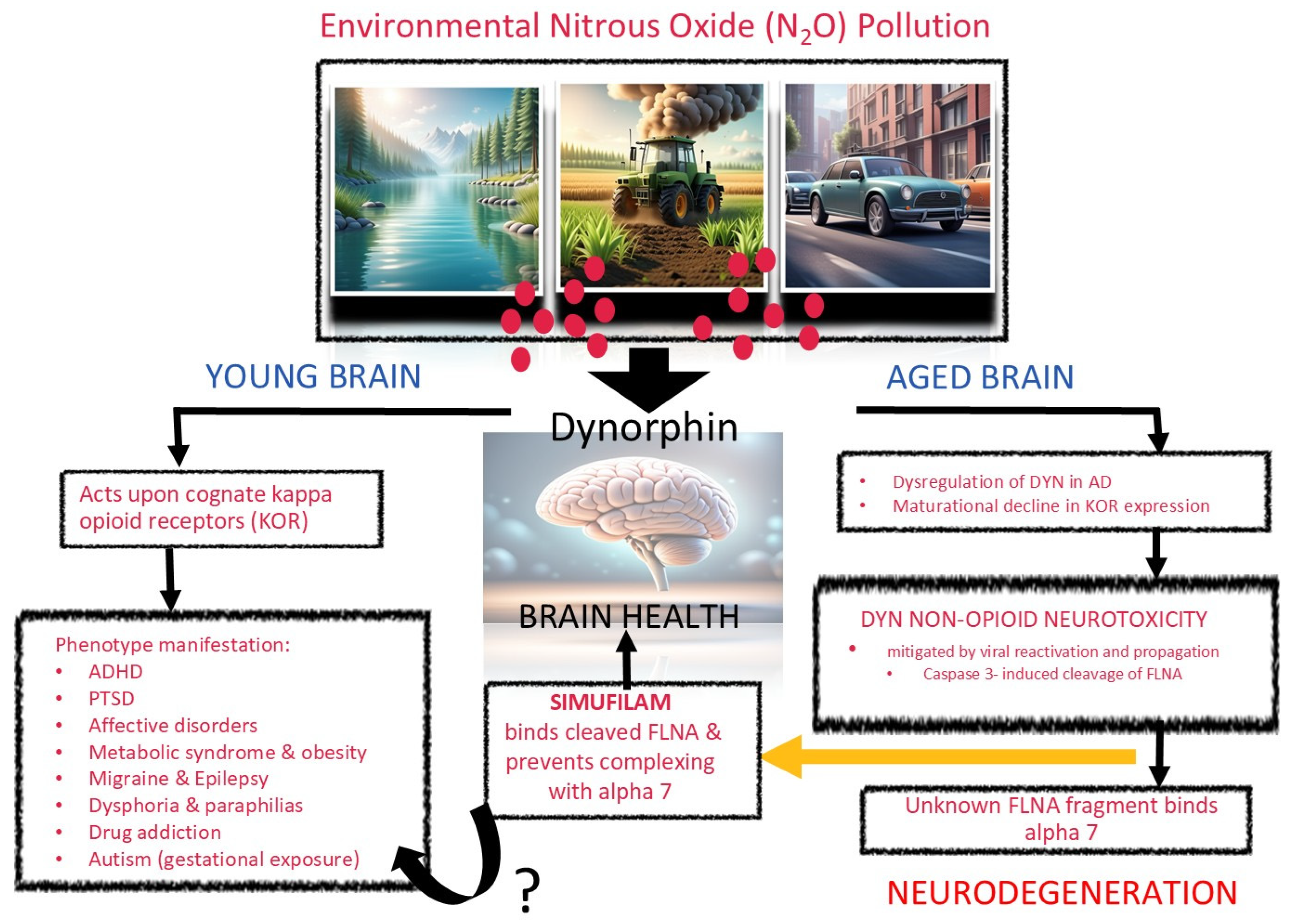Comment on Wang et al. Simufilam Reverses Aberrant Receptor Interactions of Filamin A in Alzheimer’s Disease. Int. J. Mol. Sci. 2023, 24, 13927

Conflicts of Interest
References
- Wang, H.-Y.; Cecon, E.; Dam, J.; Pei, Z.; Jockers, R.; Burns, L.H. Simufilam reverses aberrant receptor interactions of filamin A in Alzheimer’s disease. Int. J. Mol. Sci. 2023, 24, 13927. [Google Scholar] [CrossRef] [PubMed]
- Kiraga, J.; Mackiewicz, P.; Mackiewicz, D.; Kowalczuk, M.; Biecek, P.; Polak, N.; Smolarczyk, K.; Dudek, M.R.; Cebrat, S. The relationships between the isoelectric point and: Length of proteins, taxonomy and ecology of organisms. BMC Genom. 2007, 8, 163. [Google Scholar] [CrossRef] [PubMed]
- Cassava Sciences. Cassava Sciences Announces Positive Top-Line Clinical Results in Phase 2 Study Evaluating Simufilam in Alzheimer’s Disease. Available online: https://www.cassavasciences.com/news-releases/news-release-details/cassava-sciences-announces-positive-top-line-clinical-results (accessed on 27 December 2024).
- Umeda, T.; Kouchi, Z.; Kawahara, H.; Tomioka, S.; Sasagawa, N.; Maeda, T. Limited proteolysis of filamin is catalyzed by caspase-3 in U937 and Jurkat cells. J. Biochem. 2001, 130, 535–542. [Google Scholar] [CrossRef] [PubMed]
- Fluegge, K. A model of lipid dysregulation and altered nutrient status in Alzheimer’s disease. Alzheimers Dement. 2019, 5, 139–145. [Google Scholar] [CrossRef] [PubMed]
- Fluegge, K.; Fluegge, K. Antecedent ADHD, dementia, and metabolic dysregulation: A U.S. based cohort analysis. Neurochem. Int. 2018, 112, 255–258. [Google Scholar] [CrossRef] [PubMed]
- Fluegge, K. Tau Protein Levels in ADHD. Indian J. Clin. Biochem. 2019, 34, 237–239. [Google Scholar] [CrossRef] [PubMed]
- Fluegge, K.; Fluegge, K. Exposure to ambient PM10 and nitrogen dioxide and ADHD risk: A reply to Min & Min (2017). Environ. Int. 2017, 103, 109–110. [Google Scholar] [CrossRef] [PubMed]
- Fluegge, K. Letter to the Editor: Exposure to nitrous oxide and intrusive memory formation in psychological trauma. Psychol. Med. 2018, 48, 874–875. [Google Scholar] [CrossRef] [PubMed]
- Fluegge, K. RE: Serotonergic Tone, ADHD, and Exposure to Environmental Ntrous Oxide. J. Neurosci. 2016, e-Letter. Available online: https://www.jneurosci.org/content/36/38/9828/tab-e-letters (accessed on 3 March 2025).
- Fluegge, K. Nitrous Oxide (N2O) as a Treatment for Refractory Depression: A Word of Caution. J. Clin. Psychopharmacol. 2020, 40, 517–518. [Google Scholar] [CrossRef] [PubMed]
- Fluegge, K. The possible role of air pollution in the link between ADHD and obesity. Postgrad. Med. 2016, 128, 573–576. [Google Scholar] [CrossRef] [PubMed][Green Version]
- Fluegge, K.; Fluegge, K. ADHD and comorbid migraine. Epilepsy Behav. 2018, 80, 378–379. [Google Scholar] [CrossRef] [PubMed]
- Fluegge, K.; Fluegge, K. Air pollution and risk of hospitalization for epilepsy: The role of farm use of nitrogen fertilizers and emissions of the agricultural air pollutant, nitrous oxide. Arq. Neuropsiquiatr. 2017, 75, 614–619. [Google Scholar] [CrossRef] [PubMed]
- Jastak, J.T.; Malamed, S.F. Nitrous oxide sedation and sexual phenomena. J. Am. Dent. Assoc. 1980, 101, 38–40. [Google Scholar] [CrossRef] [PubMed]
- Leyton, M.; Stewart, J. The stimulation of central kappa opioid receptors decreases male sexual behavior and locomotor activity. Brain Res. 1992, 594, 56–74. [Google Scholar] [CrossRef] [PubMed]
- Fluegge, K.; Fluegge, K. Use of anthropogenic nitrogen fertilizers in agriculture is associated with per capita ethanol consumption. Med. Hypotheses 2017, 107, 65–71. [Google Scholar] [CrossRef] [PubMed]
- Fluegge, K. Herpes simplex virus reactivation and the relationship with Alzheimer’s disease: A countering view. Clin Exp Neuroimmunol. 2019, 10, 213–217. [Google Scholar] [CrossRef]
- Fluegge, K. Environmental factors influencing the link between APOE ε4 and Alzheimer’s disease (AD) risk. Int. Psychogeriatr. 2019, 31, 305–306. [Google Scholar] [CrossRef] [PubMed]
- Cassava Sciences. Cassava Sciences Licenses Simufilam Method of Treatment Patent. Available online: https://www.cassavasciences.com/news-releases/news-release-details/cassava-sciences-licenses-simufilam-method-treatment-patent (accessed on 3 March 2025).
- Fluegge, K. Does environmental exposure to the greenhouse gas, N2O, contribute to etiological factors in neurodevelopmental disorders? A mini-review of the evidence. Environ. Toxicol. Pharmacol. 2016, 47, 6–18. [Google Scholar] [CrossRef] [PubMed]
- Fluegge, K. Does MeCP2 deficiency in autism confer protection against later development of Alzheimer’s disease? A reply to Oberman and Pascual-Leone (2014). Med. Hypotheses 2016, 92, 18–20. [Google Scholar] [CrossRef] [PubMed]
Disclaimer/Publisher’s Note: The statements, opinions and data contained in all publications are solely those of the individual author(s) and contributor(s) and not of MDPI and/or the editor(s). MDPI and/or the editor(s) disclaim responsibility for any injury to people or property resulting from any ideas, methods, instructions or products referred to in the content. |
© 2025 by the authors. Licensee MDPI, Basel, Switzerland. This article is an open access article distributed under the terms and conditions of the Creative Commons Attribution (CC BY) license (https://creativecommons.org/licenses/by/4.0/).
Share and Cite
Fluegge, K.; Fluegge, K. Comment on Wang et al. Simufilam Reverses Aberrant Receptor Interactions of Filamin A in Alzheimer’s Disease. Int. J. Mol. Sci. 2023, 24, 13927. Int. J. Mol. Sci. 2025, 26, 2480. https://doi.org/10.3390/ijms26062480
Fluegge K, Fluegge K. Comment on Wang et al. Simufilam Reverses Aberrant Receptor Interactions of Filamin A in Alzheimer’s Disease. Int. J. Mol. Sci. 2023, 24, 13927. International Journal of Molecular Sciences. 2025; 26(6):2480. https://doi.org/10.3390/ijms26062480
Chicago/Turabian StyleFluegge, Keith, and Kyle Fluegge. 2025. "Comment on Wang et al. Simufilam Reverses Aberrant Receptor Interactions of Filamin A in Alzheimer’s Disease. Int. J. Mol. Sci. 2023, 24, 13927" International Journal of Molecular Sciences 26, no. 6: 2480. https://doi.org/10.3390/ijms26062480
APA StyleFluegge, K., & Fluegge, K. (2025). Comment on Wang et al. Simufilam Reverses Aberrant Receptor Interactions of Filamin A in Alzheimer’s Disease. Int. J. Mol. Sci. 2023, 24, 13927. International Journal of Molecular Sciences, 26(6), 2480. https://doi.org/10.3390/ijms26062480





